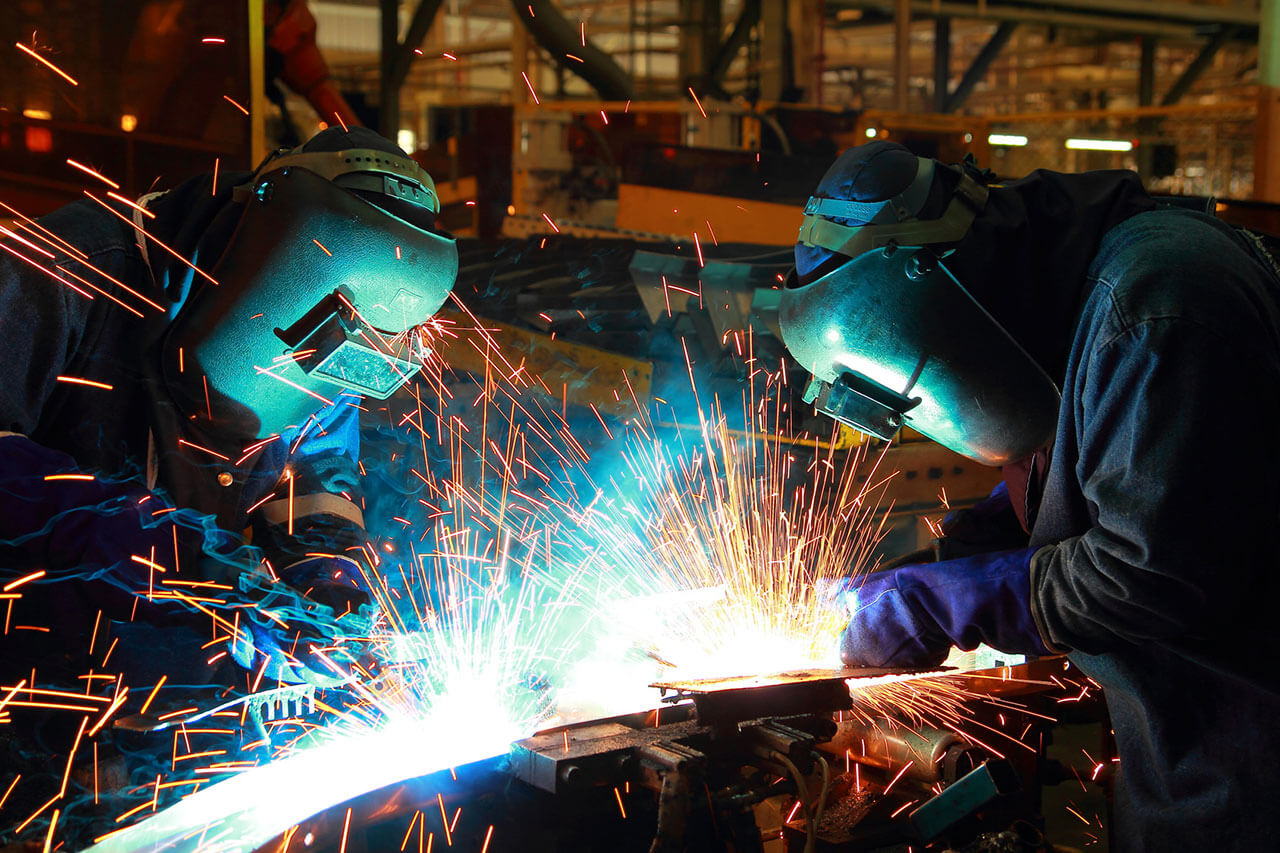Creating metal parts that fit into a specific design is something that can be challenging for many businesses. However, using a custom fabrication shop can make the process easier.
Some fabricators have broad technology mixes that include not just sheet metal cutting, bending, welding, and grinding, but also machining, stamping, and complete assembly. They might even venture into other technology sandboxes, like plating and heat treating.
Designing
Whether you’re a manufacturer or an end user, custom metal fabrication is an important tool for creating specialized products made from steel, aluminum, and other materials. The process varies depending on the product and involves a range of industrial metal fabrication equipment, including cutting machines and bending and forming tools.
Using the latest technologies, expert fabricators can turn your ideas into reality. They can also act as a partner during the design and manufacturing processes, acting as an additional set of eyes on your project to help you avoid costly mistakes or identify areas of improvement that can save you money on materials and production.
For example, the right material can make a big difference in the life of a product. During the design phase, the fabricator can discuss with you which materials are most suitable for your application, such as which ones will withstand hard water or salty air. This will help you ensure your products will have a long life.
Once the design is complete, the fabrication process begins with the selection of a suitable metal that matches your application requirements. This allows for a more durable product that will last longer and withstand harsh environments.
Another consideration is whether the fabrication company is able to source its materials locally. This is a major advantage when it comes to less common or difficult-to-source metals, such as stainless steel or titanium.
Fabricating
Custom metal fabrication is the process of creating unique products from flat sheets of steel, aluminum, and other materials. Fabricators make use of tools such as cutting, stamping, shaping, folding, and welding to turn sheet metal into various shapes. The process is useful for creating parts for a wide range of industries, including alternative energy, construction, and consumer product creation.
The fabrication process includes many different steps, starting with the design phase. In this stage, the customer and the fabricator collaborate on the details of the project. The customer provides the designer with sketches or a CAD drawing, and the fabricator creates a finalized plan to meet the client’s specifications.
Once the design is complete, the fabricator uses a computer numerical control machine to process the material. The resulting pieces are cut to the exact measurements of the original design. They may be plated with zinc or similar finishes to improve their strength and durability.
Other services are often added to the finished product, such as marking and printing. These services are a good way to ensure that the customer’s product is accurate and meets all of its needs.
Several other types of manufacturing processes are also used in the fabrication process, including welding and grinding. These techniques ensure that the piece is shaped properly and have no excess material. These processes are essential to a high-quality, durable finish.
Some of these techniques can be automated, allowing the customer to reduce their overall costs and time. Automation also helps eliminate inconsistencies in the fabrication process.
Another way that fabrication processes can be improved is through the selection of the optimum fabrication process for each component. This can be accomplished through a combination of traditional stock metal fabrications method or the use of more innovative processes like additive creation.
Finishing
A custom metal fabrication job is made up of several micro-processes, each one requiring different tools and equipment. The process begins with design and planning. It then moves into the cutting, forming, and assembly of the parts that will eventually become the final product.
The cutting and forming processes involve specialized metal-cutting machines, which cut the raw material into desired shapes and sizes. Other tools and techniques used in this step include bending, shaping, and machining. These methods are typically chosen based on the materials and intended use of the finished product.
Finishing is the final step of the fabrication process, which can be performed to enhance a finished product’s durability, look, and function. These processes add protective layers and finishing treatments that increase corrosion resistance, abrasion resistance, and surface appearance.
Some of the most common types of finishes include galvanizing, chemical conversion coatings, and black oxide. All of these are used to enhance the appearance and durability of custom metal products.
Another popular process is anodizing, which applies a layer of aluminum oxide to the surface of the metal part. This process makes the metal three times harder than in its untreated state, reducing wear and improving durability.
Other types of finishing processes include case hardening, which adds an extra layer of protection to the surface of a metal part. This process can be achieved through various metallurgical processes, including micro-casing and carburizing.
Case hardening also increases the mechanical strength of a metal part, which can help it endure harsh environments. This method can be applied to aluminum, zinc, and other metals.
Installation
Whether you need custom metal parts for your business or you need a custom sign for your home, a fabricator can turn your ideas into reality. They can also provide you with firm cost estimates and help you get your product ready for production.
Custom fabrication is a process that involves cutting, forming, and joining specialized metal products. It’s used to create products such as construction beams, metal decorations, ductwork, storage bins, and industrial ladders.
The first step in custom fabrication designs is where an expert works with you to develop a concept and understand your needs. They may use hand-drawn sketches or CAD (Computer-Aided Design) software to help them design your project.
Once a design is completed, the fabricator will use a variety of equipment to cut and shape the metal elements. These include specialized saws, shears, and sources of extreme heat, such as plasma or laser cutters. The metal elements are then formed into specific shapes, ranging from flat sheets to hollow structural shapes, such as pipes or elliptical tubing.
For example, a metal tank might have a cylindrical body, a dome top, a conical bottom, and various doors or hatches that all have to be joined together. The assembly process is a very complex one, and it requires a lot of experience and expertise.
Moreover, you can save money by hiring a custom fabricator instead of using stock products. These professionals maintain a good relationship with metal suppliers and can sometimes get you a better deal on the material you need. This can also save you time, as they can quickly and easily source the necessary metals for your project, Deluxe Metal Fabrication is a top-rated metal fabricator in Canada.





